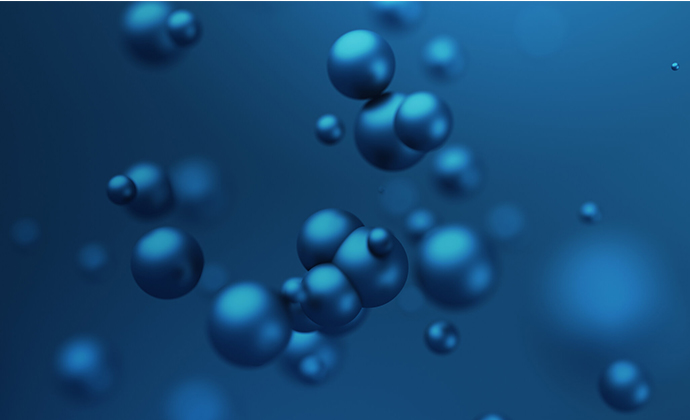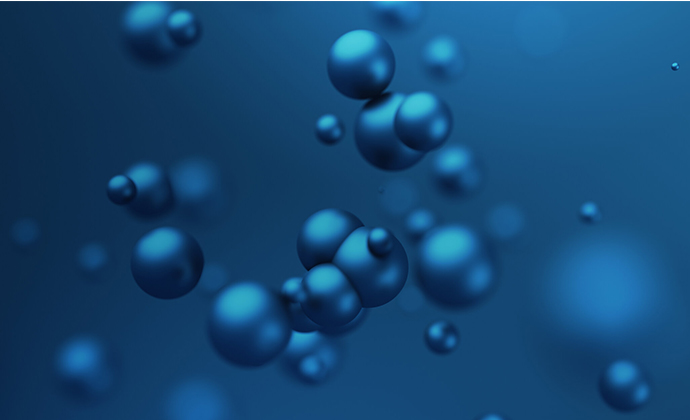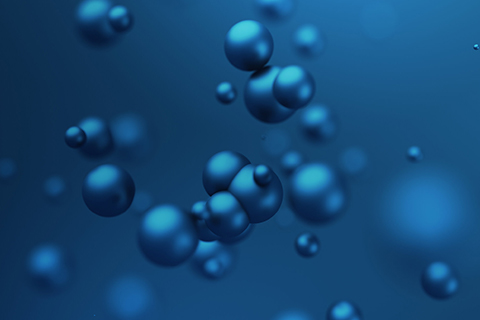What Is a Coenzyme?
A coenzyme is a molecule in your body that enhances the action of an enzyme. You can’t have a coenzyme without an enzyme.
What is an enzyme? An enzyme is a protein that works to mediate or speed a specific chemical reaction, also known as a catalyst.
Take saliva, for example. Saliva contains an enzyme known as salivary amylase. Make note that most enzymes end with the suffix, -ase.
Amylase helps to break down starches and carbohydrates from the food we eat into smaller molecules so that our stomach and small intestine can more easily digest them. Without it, the digestive process would be a lot slower, leaving your stomach acid and intestinal enzymes to do all the work.
Amylase assists the chemical process known as digestion. However, amylase does not have a coenzyme working with it. Amylase has a cofactor known as calcium to help catalyze the breakdown of food.
Coenzymes vs. cofactors
Coenzymes can be called cofactors, but not all cofactors are coenzymes. All compounds that help enzymes are called cofactors. What makes a coenzyme different from a cofactor is its chemical makeup.
Coenzymes are non-protein organic molecules. “Organic” is defined by whether they have a carbon atom. Most coenzymes are vitamins or derived from vitamins in your diet.
Cofactor is a general term to include coenzymes, but true cofactors are non-protein molecules that are inorganic, meaning they do not have a carbon atom. True cofactors are usually metal ions such as iron, zinc, and cobalt that must be supplemented in the diet.
Enzymes need cofactors and coenzymes.
Enzymes could not function effectively without the help of coenzymes or cofactors. It’s possible that without the help of a coenzyme, certain enzymes would cease to function completely, possibly leading to detrimental effects on an organism’s livelihood.
Likewise, a coenzyme cannot function alone. Enzymes give coenzymes their sole purpose.
However, the attachment between a coenzyme and an enzyme is not permanent. Coenzymes are built to bind with an enzyme loosely to be easily reused several times within its cycle.
This touch-and-go process is best illustrated in the electron transport chain, an important series of enzymes that a coenzyme called NAD+ works alongside to produce our body’s energy.
NAD+ and the electron transport chain reside within our mitochondria, the “powerhouse of the cell.” The enzymes involved sit within the mitochondrial membrane, awaiting their faithful coenzyme, NAD+.
NAD+ acts as a continuous delivery system, loosely docking with the electron transport chain and accepting a payload of negatively charged electrons. After the exchange, NAD+ becomes NADH.
However, the integrity of NADH is not lost. It releases its electrons, turning the molecule back to NAD+ and recycling its use over and over.
What are the most important coenzymes?
Two of the most important coenzymes in your body are NAD+ and coenzyme A.
As we discussed, NAD+ is a vital electron carrier that essentially powers the mitochondria’s ability to produce energy. But what about coenzyme A?
Coenzyme A’s primary role is to help our body’s production of fatty acids. Fatty acids are vital for maintaining the integrity of our cell membranes, the protective barriers that repel damaging compounds and invaders in our cells.
How do I support my coenzymes?
The construction of coenzymes requires a steady diet of water-soluble vitamins, specifically vitamin C and the vitamin B family.
Water-soluble vitamins require daily intake, as they are not able to be stored in the body. Let’s look at NAD+ and coenzyme A specifically, two of the most important coenzymes your body needs.
NAD+ is built from a steady diet of vitamin B3. Vitamin B3, also known as niacin, can usually be found in foods like liver, chicken, turkey, beef, nuts, avocado, whole grains, and fish. However, NAD+ supplements can be an easier and more efficient way to get the most out of your daily vitamin B3 intake.
Coenzyme A is derived from vitamin B5. Vitamin B5, also known as pantothenic acid, can be found in foods like fortified cereals, beef, chicken, mushrooms, dairy milk, yogurt, avocado, potatoes, broccoli.
Don’t let enzymes get all the credit.
Enzymes without a coenzyme or cofactor are called apoenzymes. Apoenzymes are usually inactive, like an abandoned factory.
Many diets focus on heavy intakes of protein to support the construction of these enzymes. But an equal focus is needed on water-soluble vitamins, like vitamin B3 and B5, to help keep these enzymes moving.
Coenzymes are the heavy lifters that keep the machines turning in your body.
Related Posts





What Is NAD+? Its Role in Cellular Respiration and Aging





NAD vs NAD+ vs NADH - What’s the Difference?










